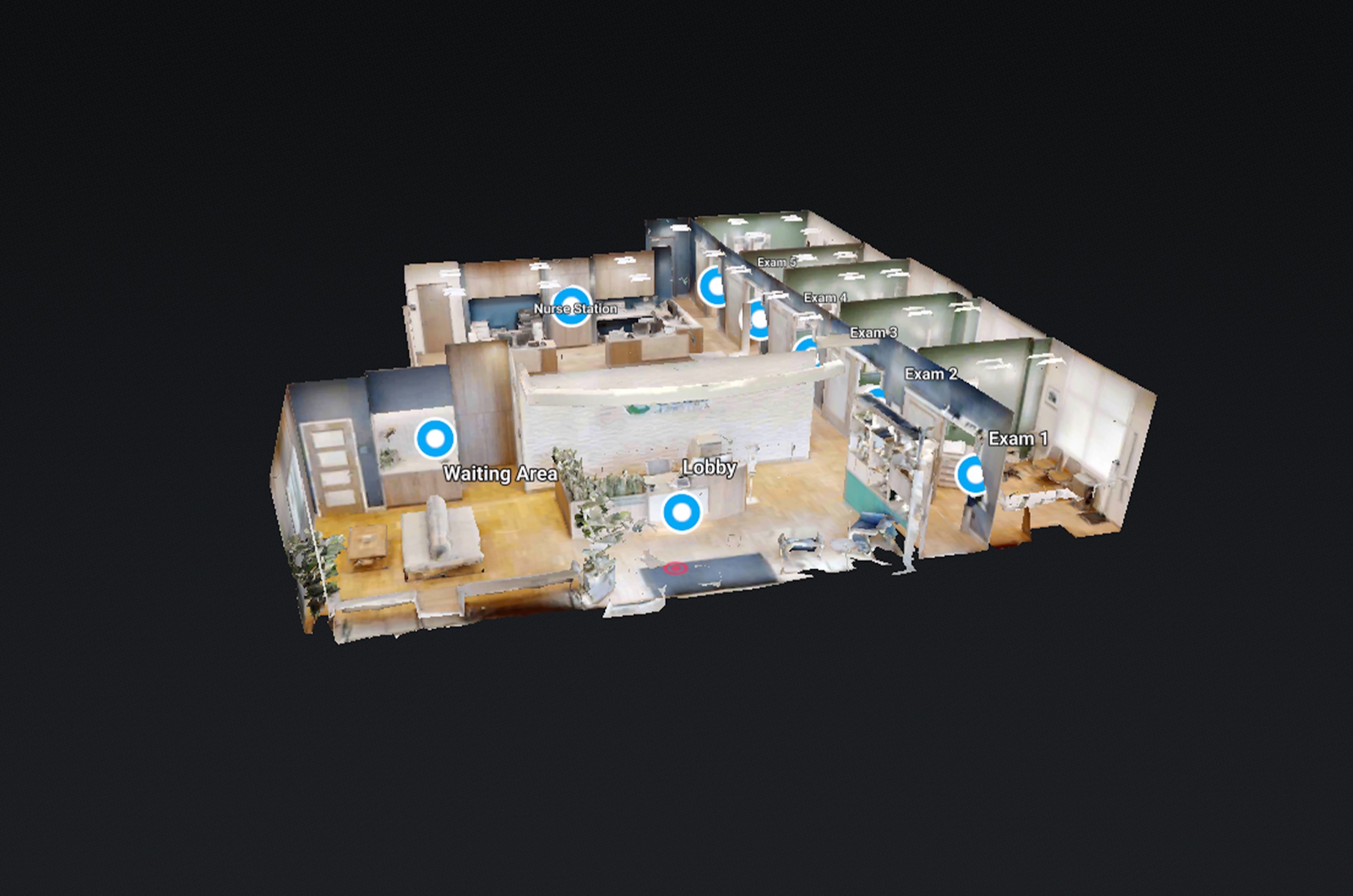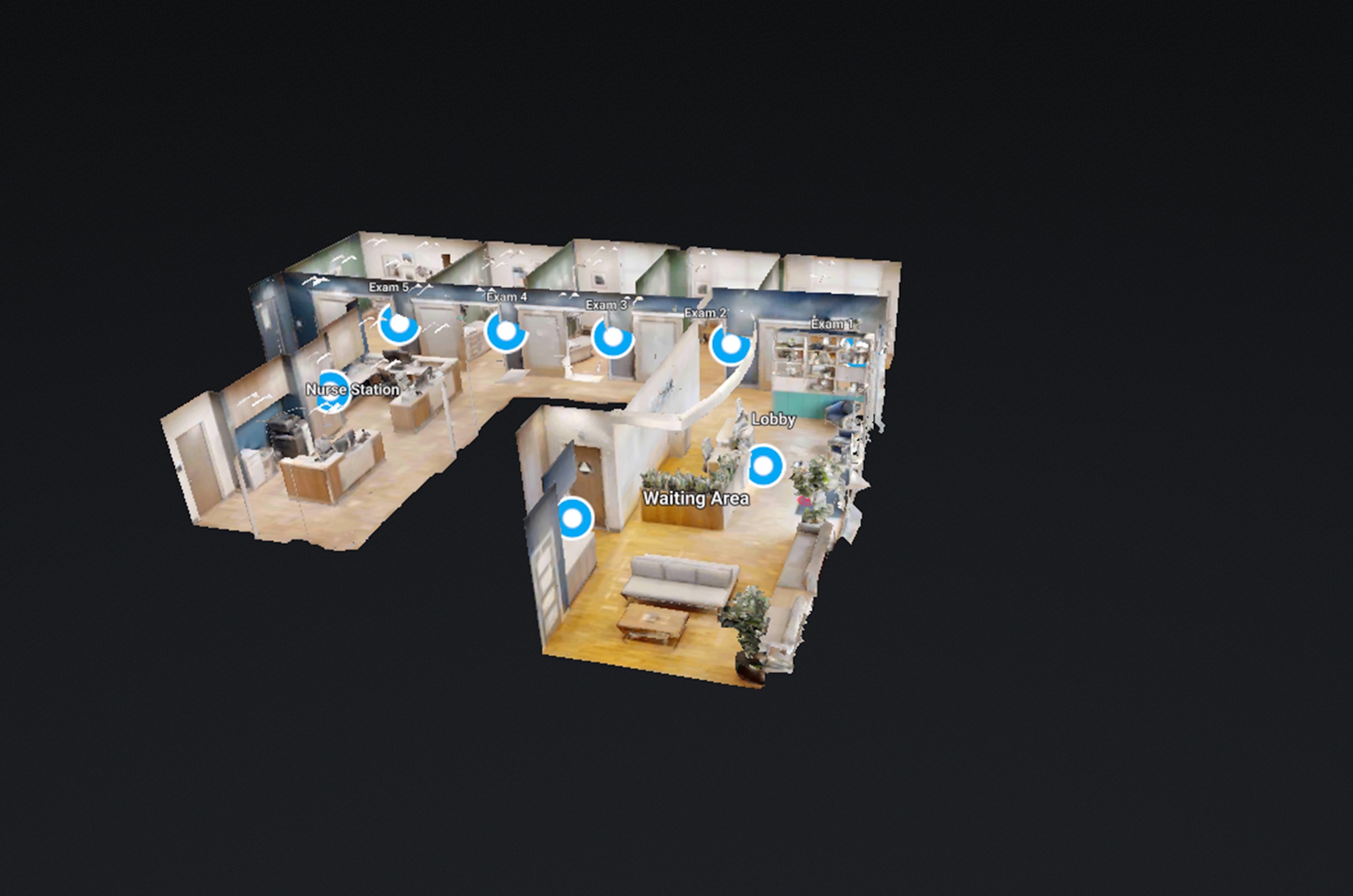In the digital age, where convenience and accessibility reign supreme, community spaces are adopting innovative strategies to connect with their audience. One powerful tool that has emerged is the 360 virtual tour, offering an immersive experience that brings community rooms to life online.
Whether for event planning, showcasing amenities, or providing a virtual taste of a community center, these tours are reshaping how spaces are viewed and appreciated. In this blog, we delve into the transformative potential of 360 virtual tours for community rooms, providing fresh ideas and practical advice to create tours that engage, inform, and impress.
Enhancing Community Engagement with 360 Virtual Tours
- Interactive Event Layouts: Utilize 360 virtual tours to provide a realistic layout of event spaces within community rooms. By integrating interactive elements like clickable hotspots, viewers can visualize table setups, decorations, or lighting options.
- Highlighting Amenities: A 360 tour can effectively highlight unique features of a community room, such as technological capabilities, art installations, or sustainable design elements that may appeal to eco-conscious visitors.
- Real-Time Customization: Implement tools that allow potential clients to customize the space virtually, changing aspects like wall colors or flooring to envision their event or usage, enhancing the personal connection to the space.
Creative Ideas for 360 Virtual Tours of Community Rooms:
- Themed Virtual Events: Create themed virtual tours that align with seasons or holidays, offering a dynamic perspective of the community room’s potential for special occasions.
- Scavenger Hunts: Engage visitors with a virtual scavenger hunt that encourages them to explore every corner of the room, uncovering hidden details and learning about the space in a gamified manner.
- Storytelling Hotspots: Use hotspots to tell stories about the community room, such as testimonials from previous events, the history of the space, or information about local artwork displayed.
- Integration with Local Businesses: Collaborate with local businesses to feature virtual pop-up shops within the tour, promoting community engagement and supporting the local economy.
Maximizing the Impact of Your 360 Virtual Tour:
- Quality and Clarity: Ensure that the virtual tour has high-resolution imagery and seamless navigation, making the virtual visit as close to reality as possible.
- Mobile Optimization: With most users on mobile devices, it’s crucial that the virtual tour is optimized for different screens, providing a flawless experience regardless of the device.
- Accessibility Features: Incorporate accessibility features like voice narration, text descriptions, and easy-to-read fonts, ensuring the tour is inclusive for all potential visitors.
- Social Shareability: Make the tour easily shareable on social media platforms, increasing its reach and encouraging community members to spread the word.
Conclusion: 360 virtual tours are revolutionizing the way community rooms present themselves to the world. These immersive experiences not only serve as a bridge connecting the physical and digital realms but also create a platform for interactive storytelling and engagement. By embracing this technology, community centers can showcase their spaces in vivid detail, cater to a wider audience, and create memorable impressions that resonate with viewers.
Whether planning an event or just exploring community offerings, a well-crafted 360 virtual tour can be the deciding factor that brings people together, both virtually and in person. As we navigate a world where virtual experiences are more integral than ever, community rooms have the opportunity to lead the way with innovation, inclusivity, and connection at the heart of every virtual encounter.







